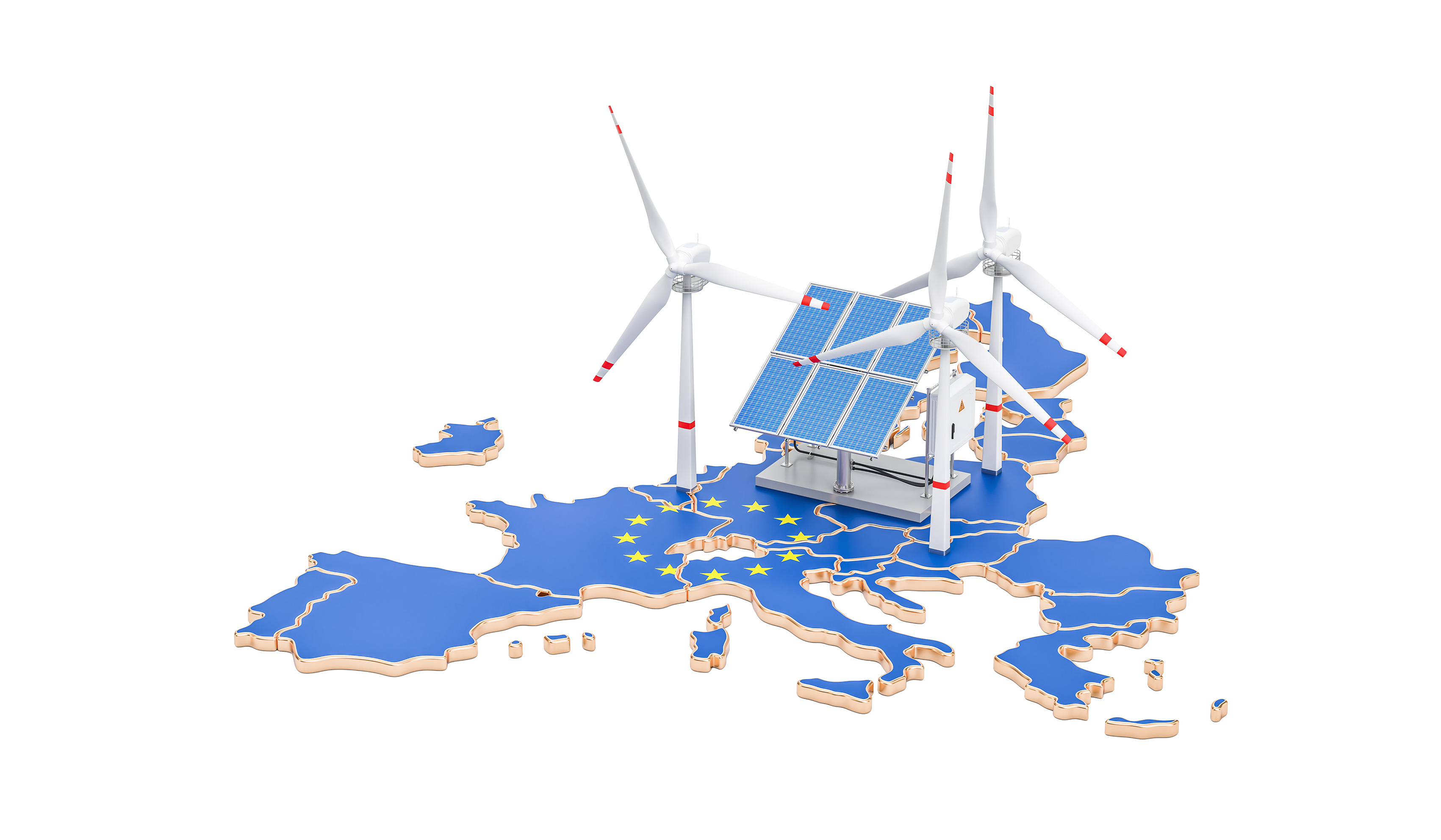
Taking an important step in this direction, researchers from the University of Southampton recently published a study in the journal Scientific Data that maps out solar and wind farms all over the globe. As the world’s first open-access dataset of turbine and solar power sites, the map can help scientists and energy-sector professionals both optimize the use of clean energy and understand our progress in transitioning to zero carbon.
One of the team’s main motivations was the lack of available data on the geographic spread of wind and solar farms. As lead researcher Sebastian Dunnett pointed out: “While global land planners are promising more of the planet's limited space to wind and solar energy, governments are struggling to maintain geospatial information on the rapid expansion of renewables.” Here’s more on the how and why this project was developed: